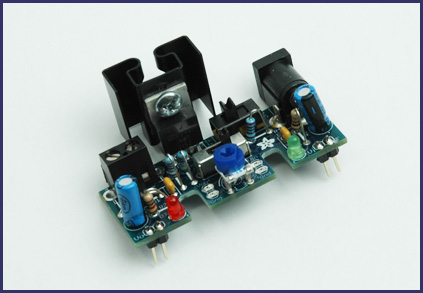NeverDie
Senior Member
I did a rough-and-ready test on the two candidate power banks. Initially they both draw power just from their batteries and none from their input. On the Lime, in about an hour it starts the recharge process, and it appears to be just above the amount of power being drawn. On the other power bank it takes about 3 hours for the charging to start. Initially it charges at a much faster rate than power is being drawn from it, but it gradually tapers off and then, like the Lime, it appears to draw just a bit more than what's being drawn from it.
So, although it's not great news that they initially draw power from the battery, it appears that the charge cycle is never terminated because of the outgoing current. The batteries on both remain cool, and the charging circuitry is only modestly warm. I'll have to run some much longer tests to confirm that the charge cycle *never* terminates, but if it never does, then at least they won't be charge-cycling over-and-over, which would have led to premature battery failure. As it stands, it looks like they may function as a kind of "float charger" UPS. I don't know what the effects of that may be on a lithium ion battery though. As long as the batteries aren't overheating, is there any reason for concern? If so, then it's game over.
So, although it's not great news that they initially draw power from the battery, it appears that the charge cycle is never terminated because of the outgoing current. The batteries on both remain cool, and the charging circuitry is only modestly warm. I'll have to run some much longer tests to confirm that the charge cycle *never* terminates, but if it never does, then at least they won't be charge-cycling over-and-over, which would have led to premature battery failure. As it stands, it looks like they may function as a kind of "float charger" UPS. I don't know what the effects of that may be on a lithium ion battery though. As long as the batteries aren't overheating, is there any reason for concern? If so, then it's game over.



